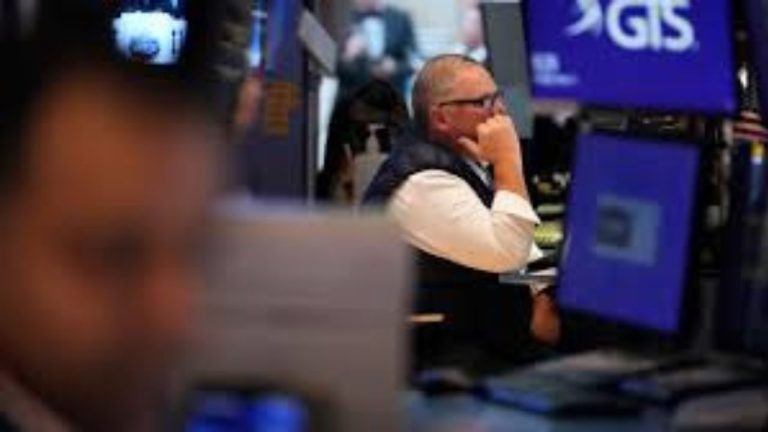Asian stocks weaken as Fed policy doubts simmer: Know More Here
Early on Monday, Asian equities fell as traders tempered their expectations of interest rate reduction from the Federal Reserve in response to further evidence of the US economy’s resiliency.
Australian and Japanese stocks dropped. Samsung Electronics Co.’s surge on the announcement of its stock repurchase plan was the catalyst for South Korea’s benchmark to defy the trend. After the S&P 500 lost 1.3% on Friday, wiping out over half of its gains after the US election, US futures surged.
As investors weigh the possibility that Donald Trump’s tax cuts and tariffs may rekindle inflation in the already strong US economy, a weak start might prolong last week’s worldwide selloff. With the likelihood of a rate decrease next month now viewed as less than a coin toss, expectations that the Fed may suspend its easing cycle in 2025 were also bolstered by a report released Friday on October US retail sales that featured significant upside revisions.
“Another Fed cut is still likely in December but it’s now a close call,” Shane Oliver, chief economist at AMP Ltd. in Sydney, wrote in a note to clients. “A slower pace of easing is likely next year, particularly given that Trump’s policies regarding tariffs and more tax cuts provide some upside threats to inflation on a one-to-three-year view.”
After rising 1.4% last week—its seventh consecutive weekly gain—as Treasury yields jumped on a decline in Fed policy expectations, the dollar was somewhat lower. Everything from emerging market bonds to the Australian dollar has suffered as a result of the actions and worries about Chinese growth. Last week, Asian stocks had their worst sell-off in almost six months, plunging 3.9%.
Oil saw a weekly drop-in commodities due to worries about an abundance of supply and waning demand from China, the world’s largest importer of petroleum. As the US considers a final decision to loosen some limits on the use of Western-made weapons to hit limited military targets in Russia, Ukraine’s allies are pressuring Volodymyr Zelenskiy to think of new methods to end the war with Russia.
For signs of the central bank, traders will be following Bank of Japan Governor Kazuo Ueda’s speech and media briefing later on Monday.
“Ueda’s press conference should be the biggest focus of this week in gauging the timing of the BOJ’s next rate hike,” Barclays strategists led by Themistoklis Fiotakis wrote in a note to clients. “USD/JPY could remain under upward pressure in the short term due to the Trump and yen carry trades, but will likely rise more slowly as it approaches 160 on FX intervention concerns and positioning for faster rate hikes.”
China’s banks are anticipated to maintain their October lending prime rate cut elsewhere this week. At a crucial psychological level for a central bank concerned with currency stability, the rupiah approached 16,000 to the dollar on Friday, prompting Bank Indonesia to make a policy announcement.
A wide range of representatives from the various institutions are scheduled to speak, and the UK and eurozone inflation readings are due. These readings will be used to assess the prospects for the policies of the Bank of England and the European Central Bank.







